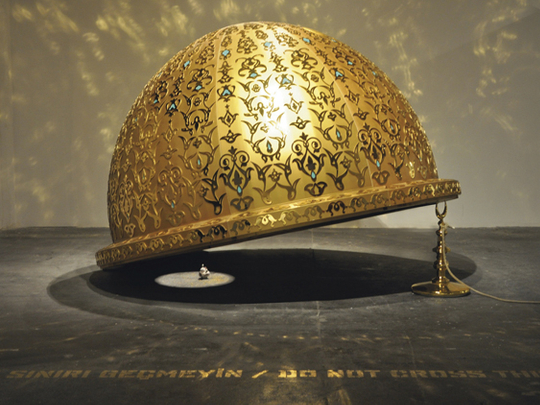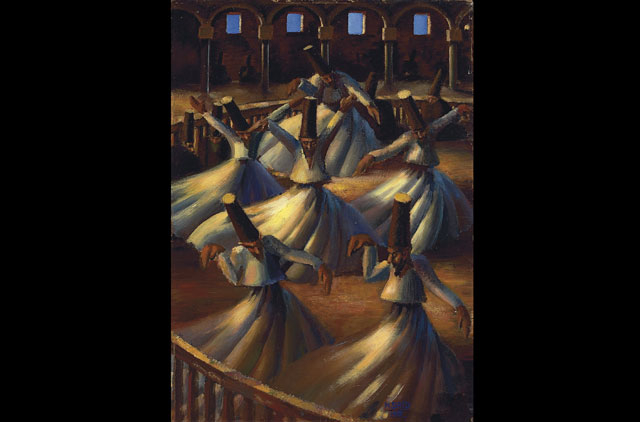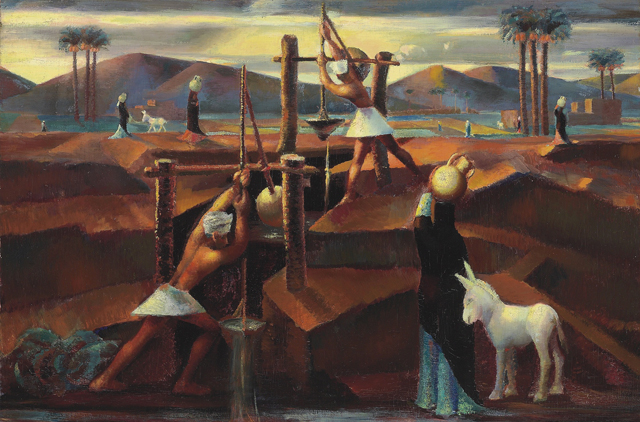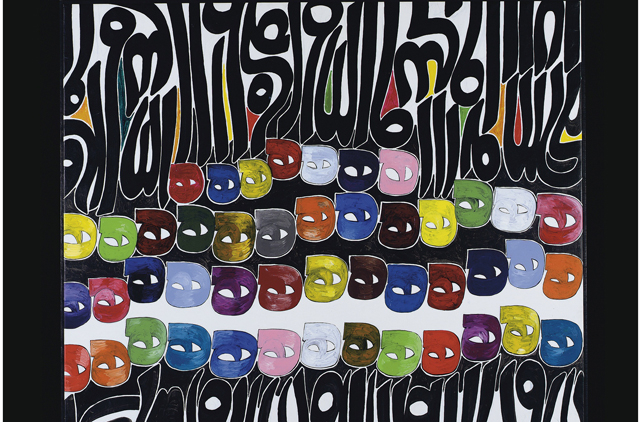
Collecting is often considered a hobby, driven largely by the desire to acquire something that evokes value, beauty or nostalgia. Toys, jewellery, stamps, sports memorabilia and decorative motifs are just some of the many things that avid collectors live with and enjoy.
But collections are not always for fun. Collectible items can increase in value and offer excellent returns after a period of time. Actor Hugh Grant's decision to splurge $3.4 million (Dh12.5 million) on a painting of Elizabeth Taylor in 2001 definitely paid off when he sold it later for $20 million.
In a world where everyone is hungry for returns, experts have observed that such rare pieces now hold a refreshing appeal for investors.
At a Christie's auction in Dubai last October, Taylor's iconic jewels, including fashion, handbags and film memorabilia were all snapped up for over $100 million.
In total, there were over 1,700 lots at the auction and each one sold for $157 million. And just last week, the screen siren's art collection ramped up around £20 million in London.
Other highly-sought after art works in the region have generated spectacular prices as well. Egyptian artist Mahmoud Said's Les Chadoufs, which the "grandfather of Arab arists" himself exhibited in Venice Biennale in 1937, has recently been sold for $2.43 million.
"We're seeing more and more investors collecting," says Isabelle de La Bruyere, director of Christie's Middle East, which focuses on the sale of modern and contemporary Arab, Iranian and Turkish art.
Established collectors
Christie's clients in the region include established collectors who have been active for decades. In the last ten years, buyers have been increasingly drawn towards the arts, considering all the art sales, numerous art galleries opening up, and new artists emerging in the Middle East.
"Works that are of great quality, those that are unique and rare, are what collectors are willing to spend their money on," de La Bruyere says.
There's also a general perception that rare items are likely to fetch higher values in the future. "They will increase in value over time because you can't find them anymore and in ten years, they're going to be in museums or laptops, in institutions and you just won't be able to get them. They're unique," de La Bruyere adds.
Value increased
Ramin Salsali, owner of Salsali Private Museum in Dubai, recalls that the Tehran Museum of Modern Art, which acquired its collections 35 years ago with a $25 million budget, is now valued at $3 billion. "As per my observation, paintings, unique pieces such as watches, manuscripts and books have increased in their values over time," he adds.
Other things such as vintage cars, comics, celebrity memorabilia and wine collections may also offer some financial gain. Classic cars can be rented out for film shoots or weddings and create an income, says Steve Gregory, managing partner at Holborn Assets.
"I think collectibles are an interesting alternative to conventional investment assets, and some, like fine wine and art, may surprise with the capital appreciation they achieve," Gregory says.
Sarah Lord, wealth planning director at Killik and Co Middle East and Asia, says there is the potential that some collectors' items can be used to hedge inflation over the longer term. However, profit should not be the reason for collecting.
Different asset class
Lord explains that collectibles are effectively a different asset class to the traditional ones such as fixed income and equities. They are typically non-correlated to the main asset classes and therefore can provide a degree of diversification to an individual's overall wealth.
"Depending on the item, they could potentially make an excellent investment," Lord says.
"For example, a piece of art or jewellery could appreciate significantly over the longer term and therefore provide a good investment return. They are not necessarily high-risk investment options if they form part of an individual's diversified wealth.
"However, if an individual is only investing in one for of collectible, then this will be a much higher-risk strategy. Like any investment portfolio, the key is to ensure that there is diversification to dampen the level of risk being taken."













